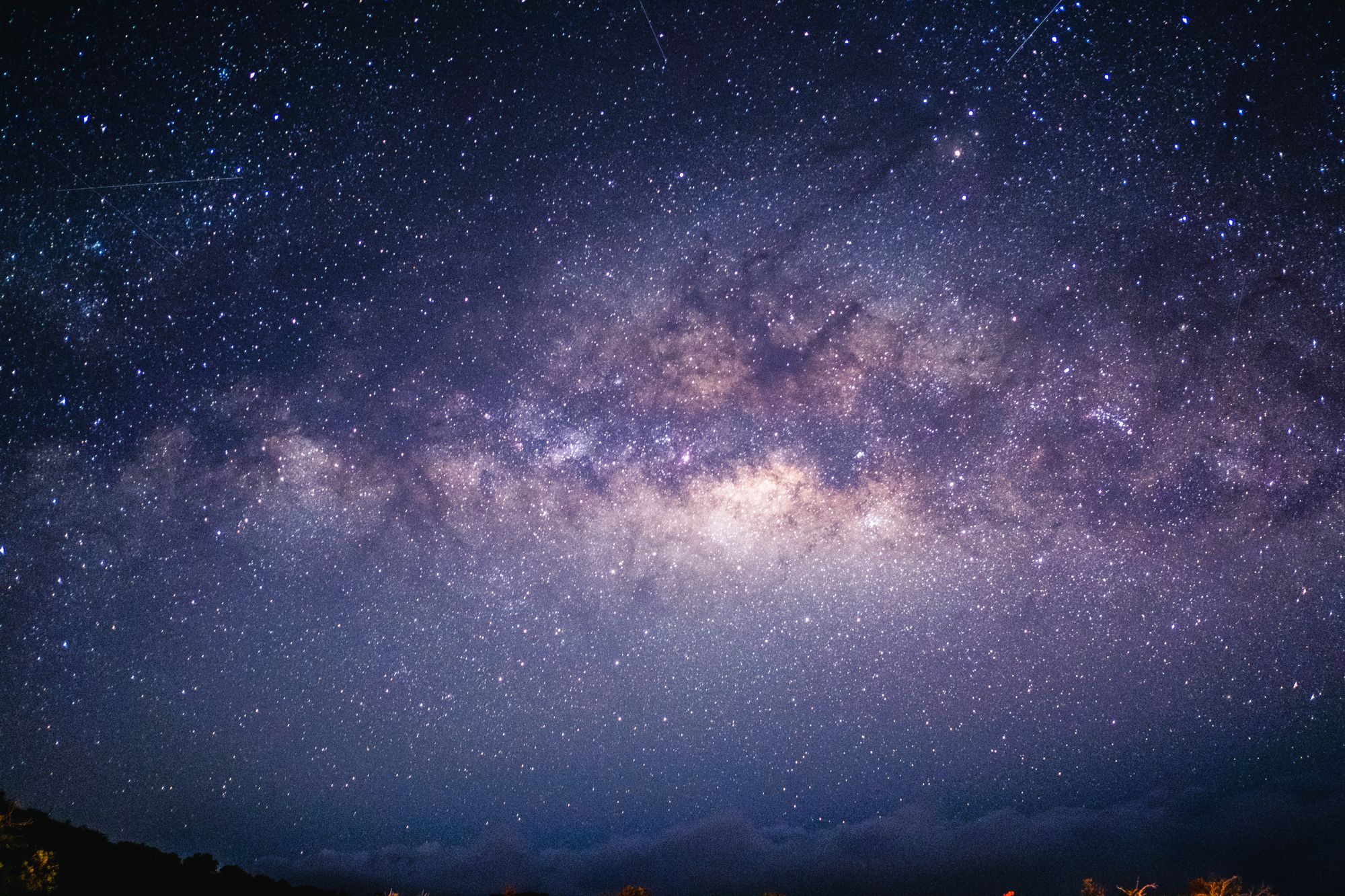Mauna Loa, Climate Science's North Star
When you grow up about as far as you can from the middle of the pacific, you're socialized to understand it as a place of potential leisure, rather than someone's home. I'll be the first to admit that I truly fell in love with the Big Island of Hawai'i, but I continue to curse myself for how little I knew about it's exploitation.
Take a moment to think about what you know about Hawai'i. What do you know about the man who supposedly "discovered" it, Captain James Cook?
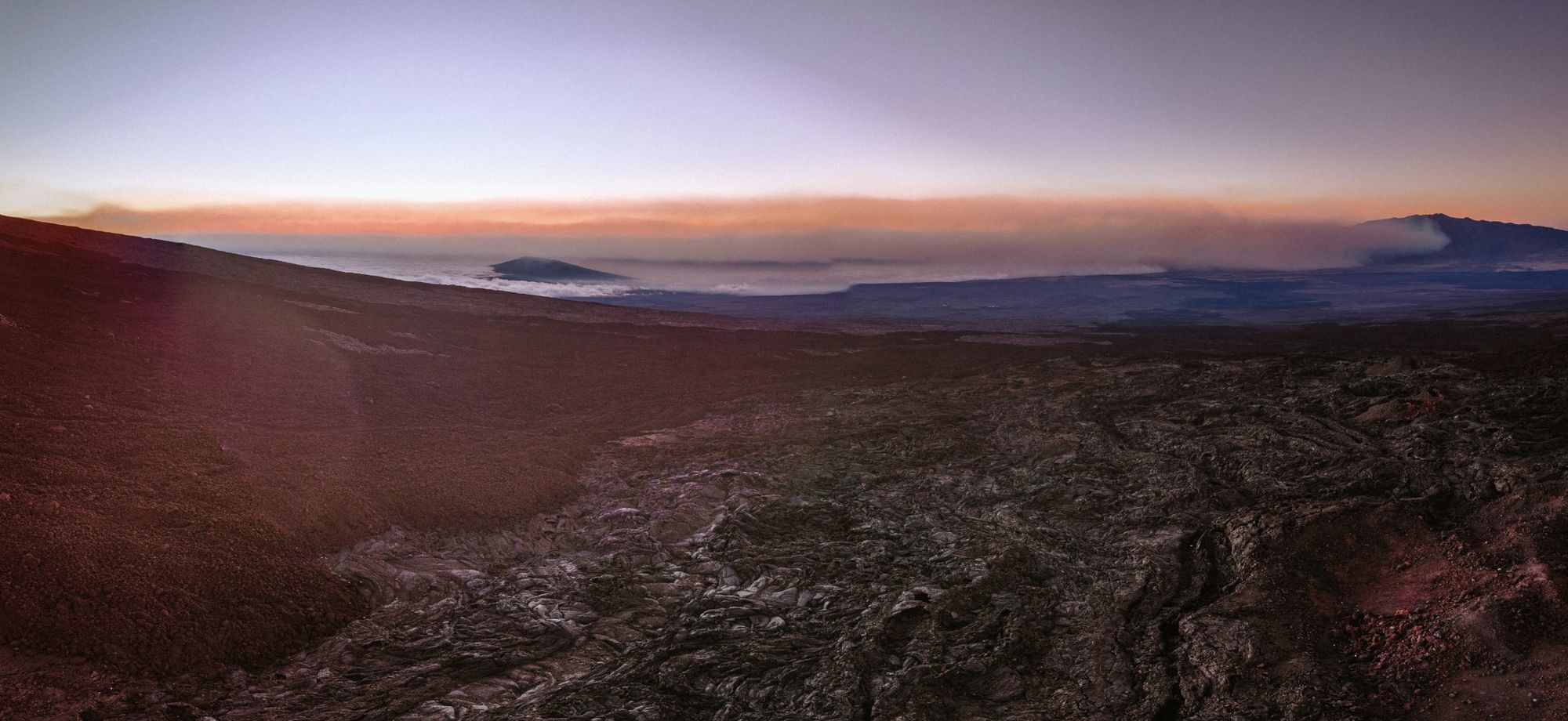
A Short Recap of Enlightenment Sciences
The British Captain lived and breathed during they heyday of the European period of Enlightenment. Three Hundred and Sixty One years ago the Royal Society was founded in London via royal charter by King Charles II. One hundred and eight years later, in 1769, the ambitious young Captain Cook was commissioned to journey to the middle of the pacific, to Tahiti, and observe the transit of Venus. At the time we're now unpacking, Enlightenment astronomers and scientists understood that Venus had the potential to help understand the scale of our solar system. Edmund Halley (namesake of the famous comet you can next see in July 28, 2061) said as much in 1716. Venus occasionally crosses the Sun's face, and can be seen from Earth. It seems to be a jet-black disk drifting slowly among the Sun's real sunspots. Halley reasoned that by observing the times of transit from different geographic positions on Earth, astronomers might determine the distance to Venus using parallax principles. The remainder of the solar system's scale would follow.
"But after all the only conclusion they made was that as we had so much to do with the sun and the rest of the planets whose motions we were constantly watching by day and night, and which we had informed them we were guided by on the ocean, we must either have come from thence, or be some other way particularly connected with those objects..."
~ John Ledyard, Journal of Captain Cook’s Last Voyage
Halley was following the methodology of the astronomer Giovanni Cassini. Cassini utilized parallax to determine the distance to Mars and made the first scientific measurement of the distance between the Earth and the Sun between 1671 and 1673. He estimated Mars' location against the background stars from Paris, while a colleague, Jean Richer, measured it from French Guiana. He could compute the distance to Mars because he knew the baseline measurement: the distance between the both of them. And while Cassini used Kepler's orbital mechanics to figure out the distance from Earth to the Sun, he, nor his spiritual successors, were any less closer to identifying the size of the solar system writ large.

The size of the solar system was one of the central mysteries of 18th century Enlightenment science. Astronomers at the end of the 18th century understood that the Sun was orbited by six planets. Uranus, Neptune, and Pluto were yet to be found. With relative distances, they could tell you how far apart these planets were. The absolute distances, however, had yet to be determined and remained a great astronomical enigma at the time.
The thing is, that Venus crossing the Sun's face is quite a rare sight. In our lifetimes, it happened in 2004, again in 2012, and it won't happen again until 2117. So, while Halley might have been correct in his deduction, he also knew that in the early 18th century that he would not live 60 years to see the next one. Therefore, it fell to Captain Cook.

While the spectacle of the century for any enlightenment astronomer back in London would have undoubtedly been the passing of Venus across the sun, in 1769 James Cook was not in London, but in Tahiti. He reached Tahiti eight months after setting sail, bobbing and weaving with the HMS Endeavor around Cape Horn, into the Pacific. Cook wasn't the only one to be journeying to a far region of the world; over a hundred and fifty individuals were individually involved in such an effort. And a large number of them took months long journeys to prepare and set up for the astronomical event.
There is just one huge problem. Most of the locations that are being "visited" by these folks were otherwise inhabited by indigenous peoples who have had little contact with the colonial empires of the day. So begins then an inextricable knot between the Enlightenment sciences and a colonial conquest that expanded the reaches of the Empires of old. Such is the case for Captain James Cook and his crew of almost one hundred officers and men, British marines and civilians. The Endeavor made many stops along the way to and from Tahiti, claiming many lands in the Pacific for the British Empire, inhabited or not. The islands of Hawai'i were one such land.
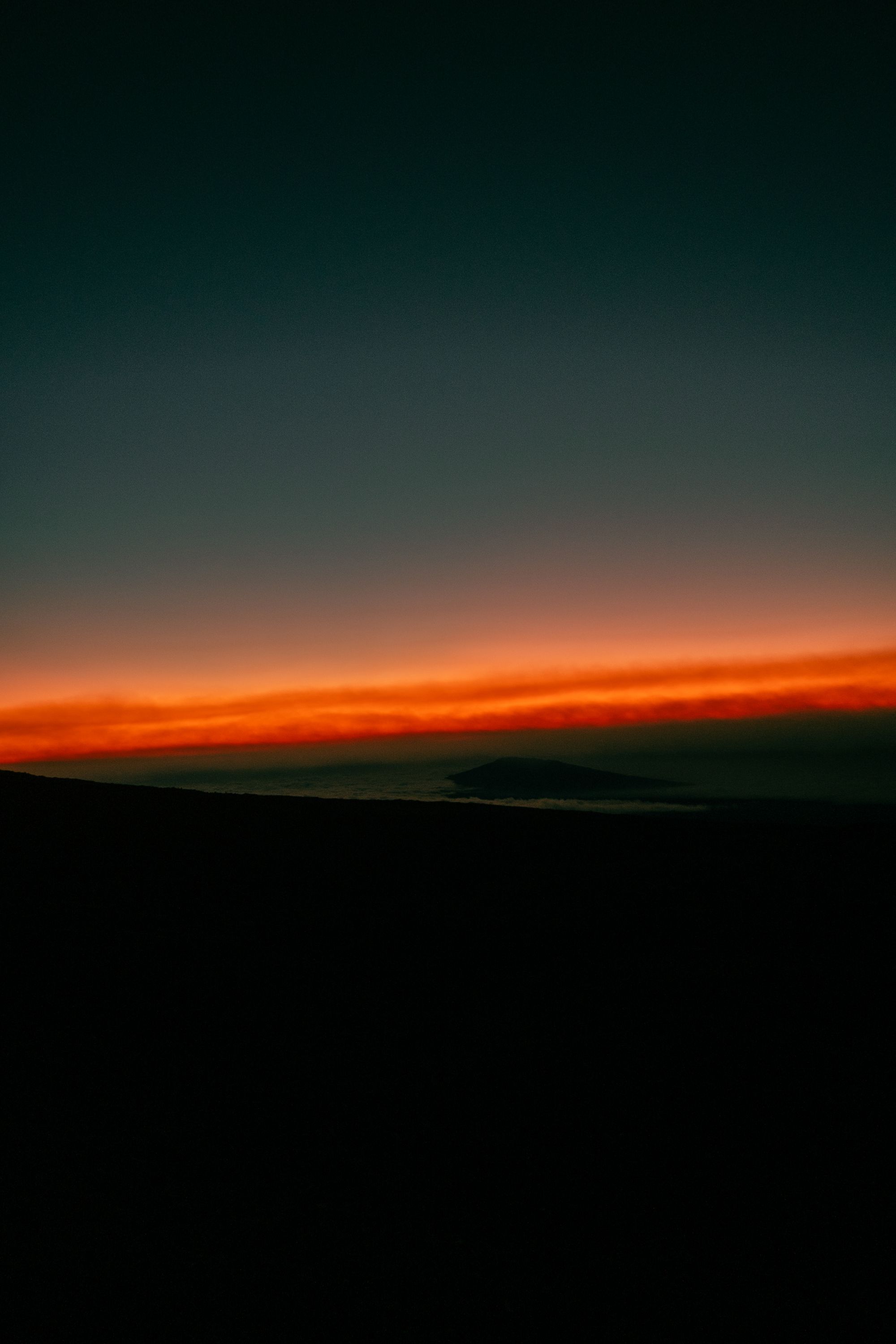
Discovering what, exactly?
In the West, this period of time from the 1400s until about the 1700s CE is usually described as the "Age of Discovery." It's usually an informal, loosely defined term for early the modern period, largely associated with myths of explorers and their crews gallivanting across the seas in search of riches, wonders, and land – often uncritically taught in US based schools. "Discovering whom, or what?" Quite deliberately, the 'age of discovery' as a term explicitly implies that the history of the Americas, or the "discovered world," didn't exist until European contact. Indeed, von der Heydte wrote about about this in 1935, when discussing the Falkland Islands and it's occupation by the British in the context of developing standards of international law.
The problem we have to deal with...cannot be characterized by the opposition of the two notions of "discovery" and "possession" under such a general conception as "acquisition of sovereign rights," but by opposition of "symbolic annexation," on the one hand, and "effective occupation" on the other, under the general title "possession." ~ von der Heydte, 1935
In other words, a sighting or "discovery" was sufficient for jus ad rem, conferring rights without possession, but occupation was the precipitating force for jus in re, or possession of land for imperial ownership. Therefore, occupation was a legally defined and permitted course of action on the part of the imperial forces, native rights be damned. Charles C. Mann explains it well: in the colonizer's eyes, and indeed, in that of the subsequent generations who've studied this period of time, Native populations lived in an eternal, unhistorical state. Sometimes this is known as "Holmberg’s Mistake," a strange term, so as to suppose that these actions were done accidentally – and therefore should excuse genocide, slavery, and on the part of the Native Hawai'ians, complete erasure and ongoing occupation of their homelands. It is as if to say: discovery produces change, change creates marks of history – and these people are eternal, without history. A fallacy; my opinion.
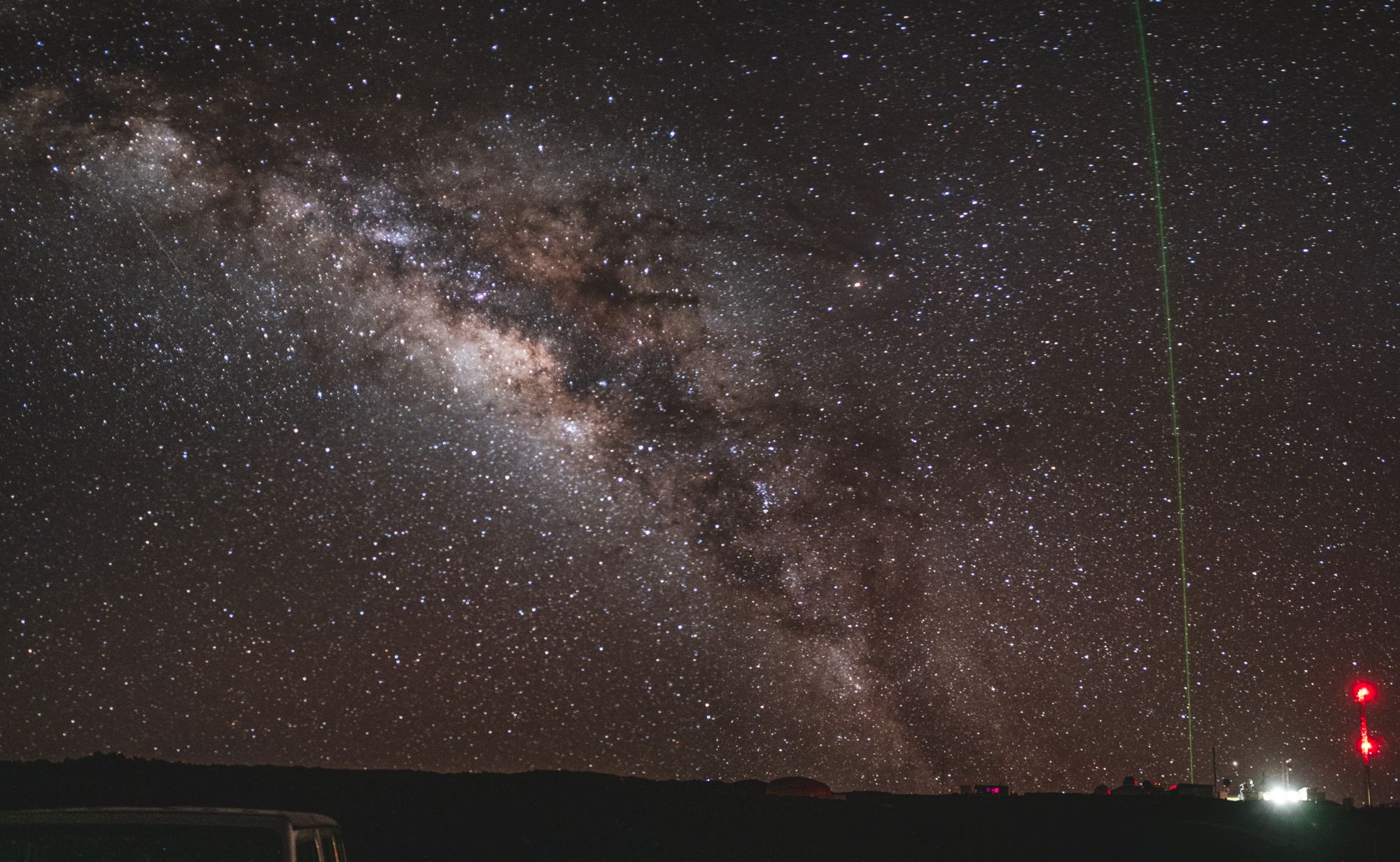
Contemporary Occupation, and Science
By the 19th and 20th centuries, the basis of all European land claims in the Americas became the foundation of western "expansion" in the United States. Once the fledgling nation had solidified it's status as an independent nation, it got to work creating the legal basis for it's expansion, and solidifying it's rationale for existing as a matter of law, within it's own architectural framework. The first time you really saw this was in Johnson v. McIntosh, 21 U.S. 543 (1823). This is the first case of what is called the "Marshall Trilogy." In this case, the Supreme Court held in a unanimous decision, authored by Chief Justice John Marshall, that Native Americans do not own the land they live on, saying that "the principle of discovery gave European nations an absolute right to New World lands."
A number of transactions of land are involved in the complaint. Natives from the Illinois and Piankeshaw tribes sold some land to Thomas Johnson in the 1770s in what is now Illinois State. The same territory was transferred by the Natives to the American government once the country gained its freedom, who then sold it to William McIntosh. Johnson is best recognized for introducing the so-called Doctrine of Discovery as the basis for American property rights, but the case is actually better renowned as the one that established federal dominance over states and people, in matters pertaining to Native Americans.
In sum: Native Americans only have a "right of occupancy" and no claim to ownership of the property, the Court argued, because the federal government now governs the area.
It's important to note that these three cases (Johnson, Cherokee Nation v. Georgia, 1831 and Worcester v. Georgia, 1832) directly laid the groundwork for Native America forced removal/genocide (e.g., Trail of Tears) but also provided legal justification for the government to strip Native people away from their homelands. This was the precipice under which the occupation of Hawai'i was justified, and scientific endeavors pursued.
At this point in the history of the United States, it was the law of the land that colonists could forcibly remove Native Americans from their homelands, and that they'd be rewarded with jus in re ownership of the "newfound" land. The term "Manifest Destiny" was first spoken into existence around this time in 1845 as a philosophical justification of American territorial expansion and "discovery."
At the time, the reasons for discovery often were described as divine, or predicated on a need for resources to support vast imperial systems – but there's a strange erasure of the foundations of science and it's roots with imperialism.
While I do believe in looking to the stars, I often wish we did so with an ounce of self-awareness that the settler colonial state continues to expand, hand-in-hand with the development of astronomical sciences. Western space science projects are inextricably entangled in the imaginaries and practices of settler colonialism.
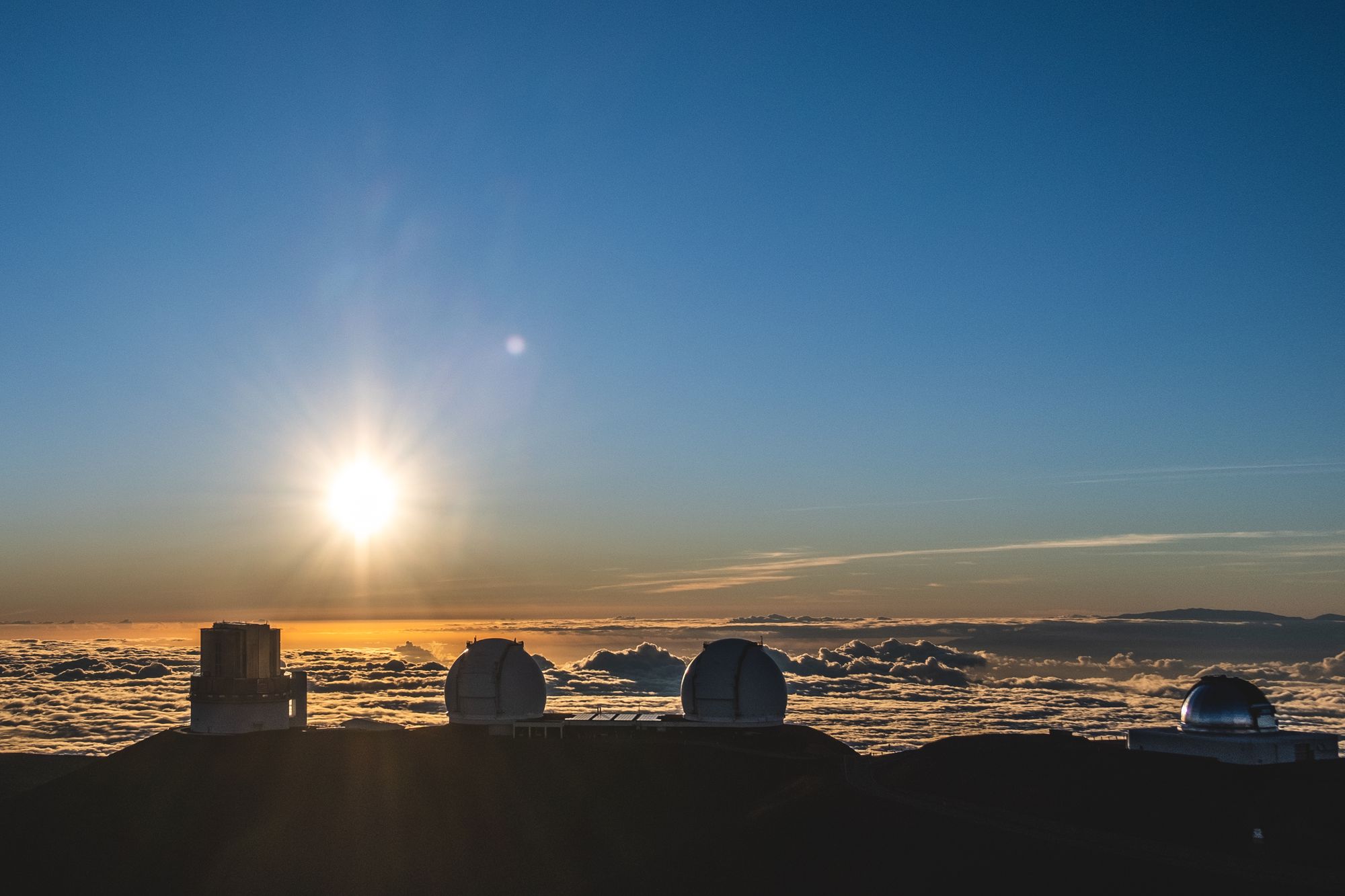
The Present Day
2022 marks 244 years since Captain Cook became the first European to visit Oahu. It also marks 124 years since the United States annexed the then-recently sovereign nation of Hawai'i after sugar plantation owners and other agents of the United States of America had overthrown the last soverign monarch of the Kingdom of Hawai'i, Queen Liliʻuokalani, in 1891. The pathway to truth and reconciliation is not simple–just as it's nigh impossible for the international scientific community to find another mountain so far away from light pollution, and so high up with a thin atmosphere from which to observe the stars.

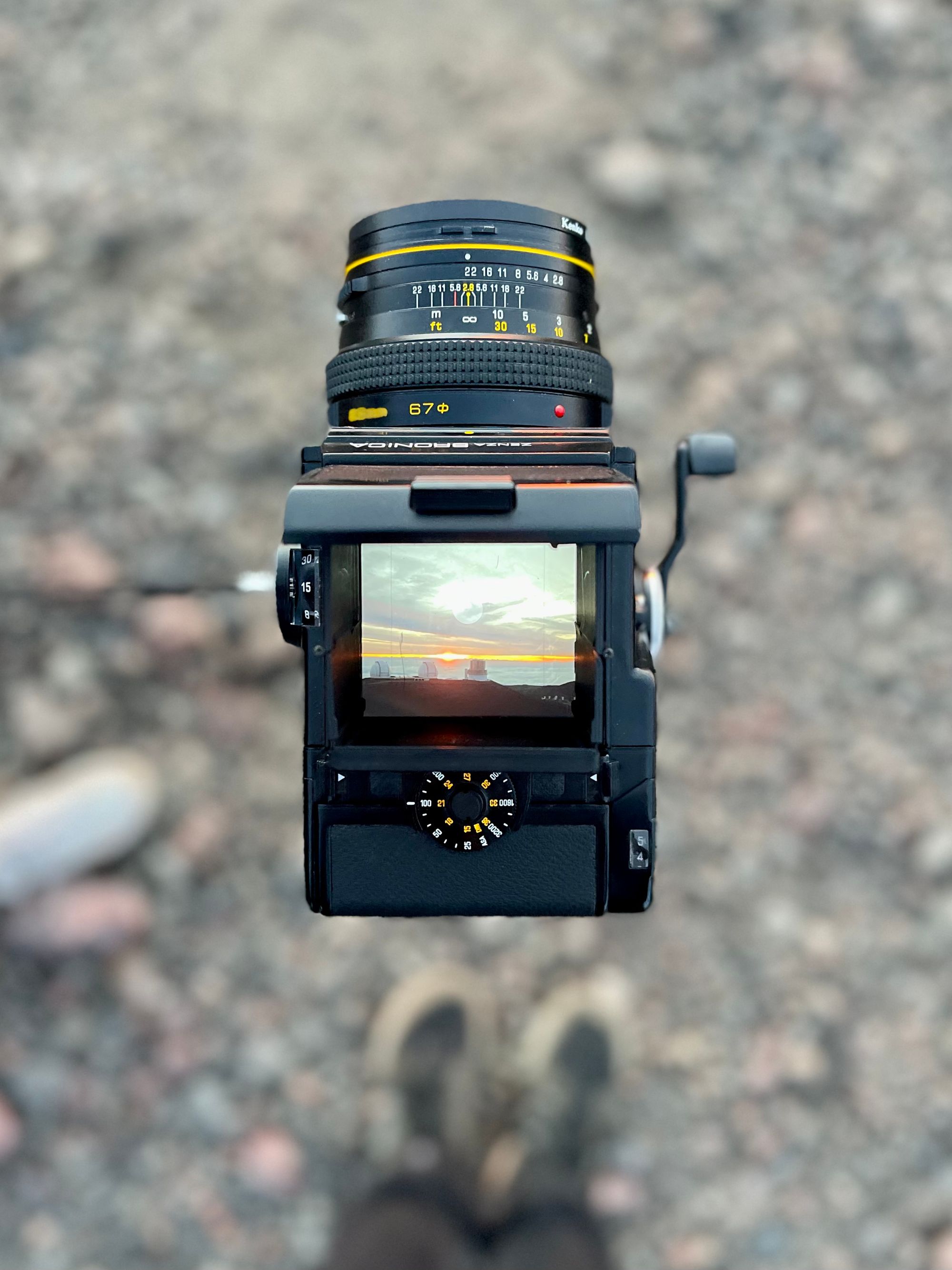
At present, the Mauna Kea Observatories conduct groundbreaking astronomical research that makes research that institutions and communities without access to billions of dollars and space-faring technology more accessible, such as students from the nearby University of Hawai'i at Hilo. Since 1958, researchers have taken air samples at the Mauna Loa Observatory, making it an extremely important site for climate science research. Charles Keeling was established this framework for modern climate change research just as Hawaii was set to become a US state.
Monitoring at Mauna Loa was providing ground-breaking results, only months into the program. When Keeling initially climbed the volcano in November, measurements revealed that the carbon dioxide concentration was gradually, but steadily, rising. Then, the opposite occurred as carbon dioxide concentrations decreased throughout the summer. Almost exactly, the pattern repeated itself during the second year of measurements. Keeling found it intriguing.

In his autobiography, Keeling noted that "we were witnessing for the first time nature’s withdrawing CO2 from the air for plant growth during the summer and returning it each succeeding winter." In essence, they had recorded a picture of how the northern hemisphere breathes in and out, releasing carbon dioxide when the forests become naked for the winter and inhaling as the leaves come back each summer. The regular measurements supported a hypothesis that the amount of carbon in the atmosphere was rising by the year due to rising global population and worldwide industrialization. Regular measurements were compiled and routinely published in a graph, with an upward trend he called this the "Keeling Curve." The Scripps Institution of Oceanography at the University of California, San Diego, updates it daily. You will also find it routinely mentioned at each United Nations Climate Change Conference (COP).

The observations at Mauna Loa would show that the seasonal intake and release of carbon dioxide was just one of the astounding observations they had documented. The observatory's observations over the following 60 years would show something far more terrible was happening to the atmosphere: a sharp rise in carbon dioxide levels brought on by the combustion of fossil fuels.
NOAA and Scripps researchers go to tremendous pains to make sure that their findings are unquestionable. One of the most divisive issues in American politics since Keeling originally presented his results to the American Philosophical Society in 1968 is the assertion that atmospheric carbon dioxide is increasingly caused by human activity. According to a survey conducted in 2021, 25% of Americans think there is no conclusive proof that global warming has been occurring in recent decades.
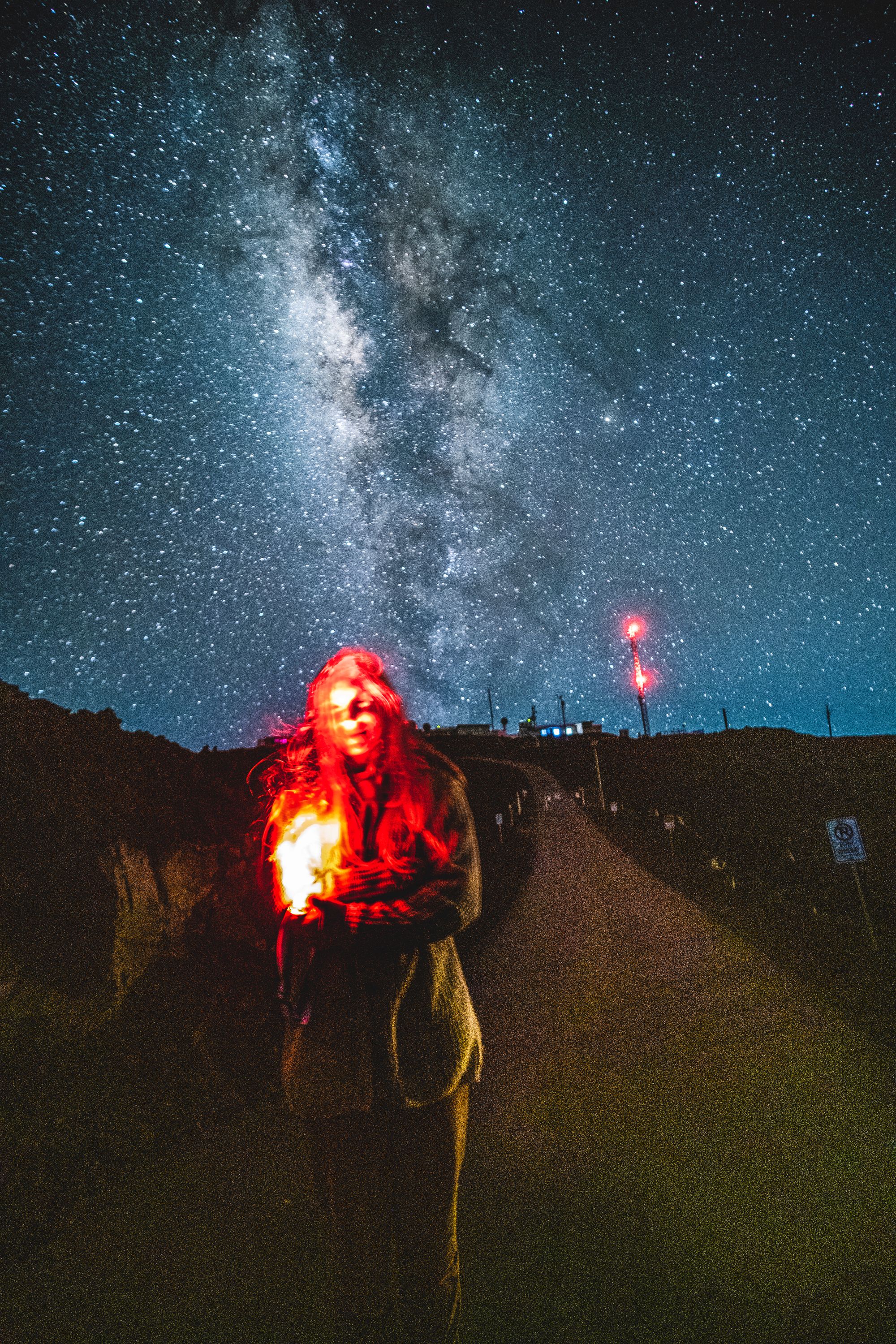
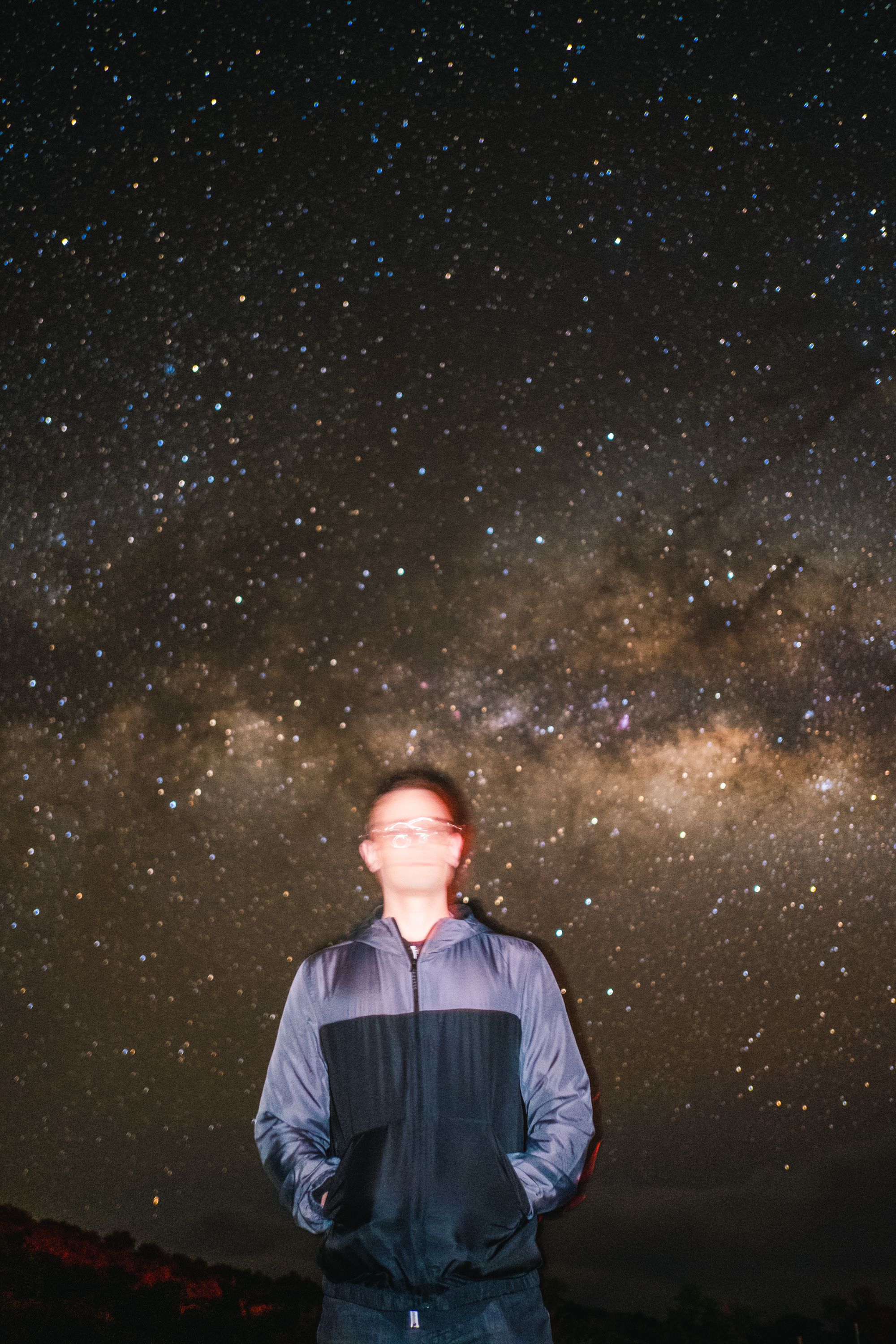
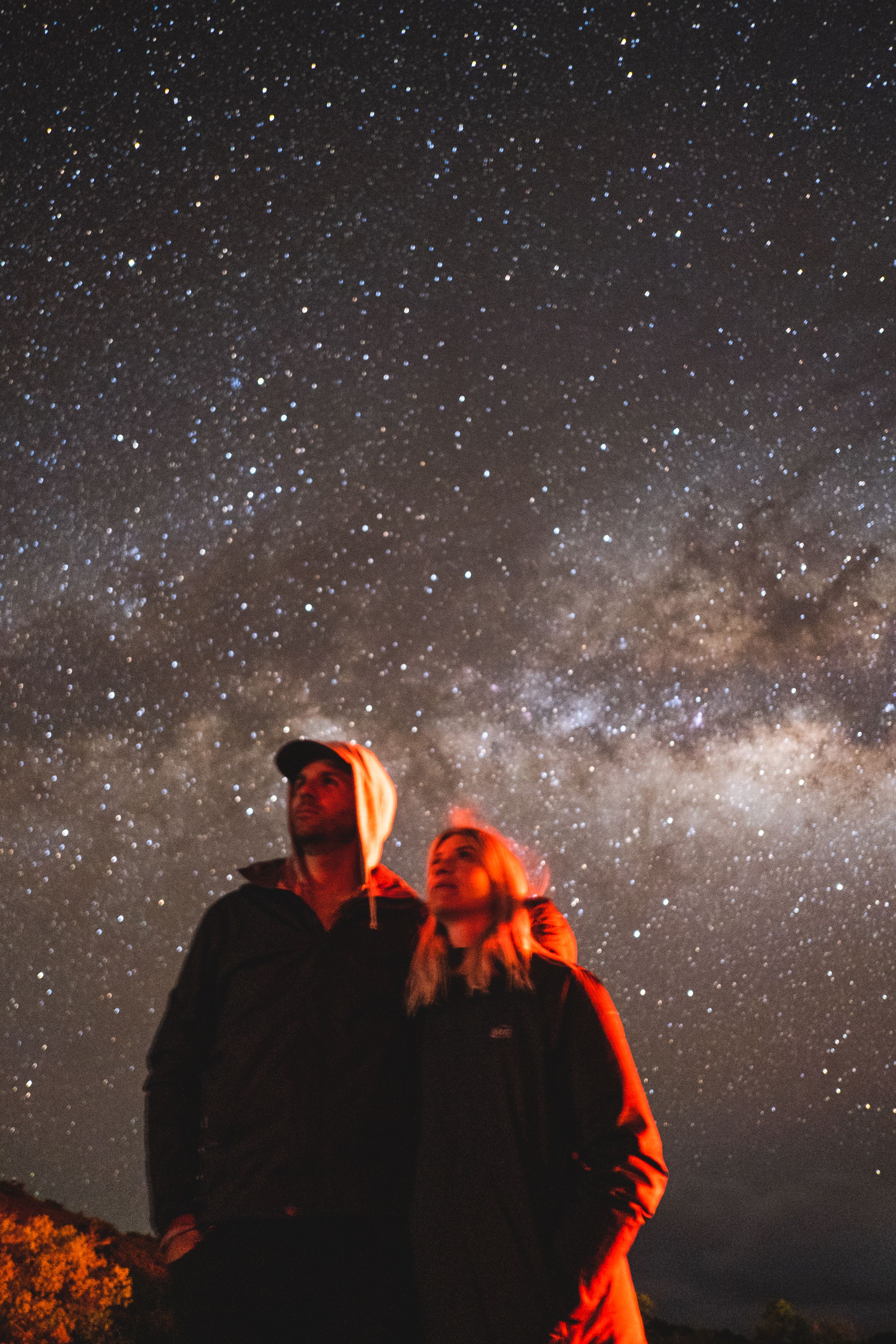
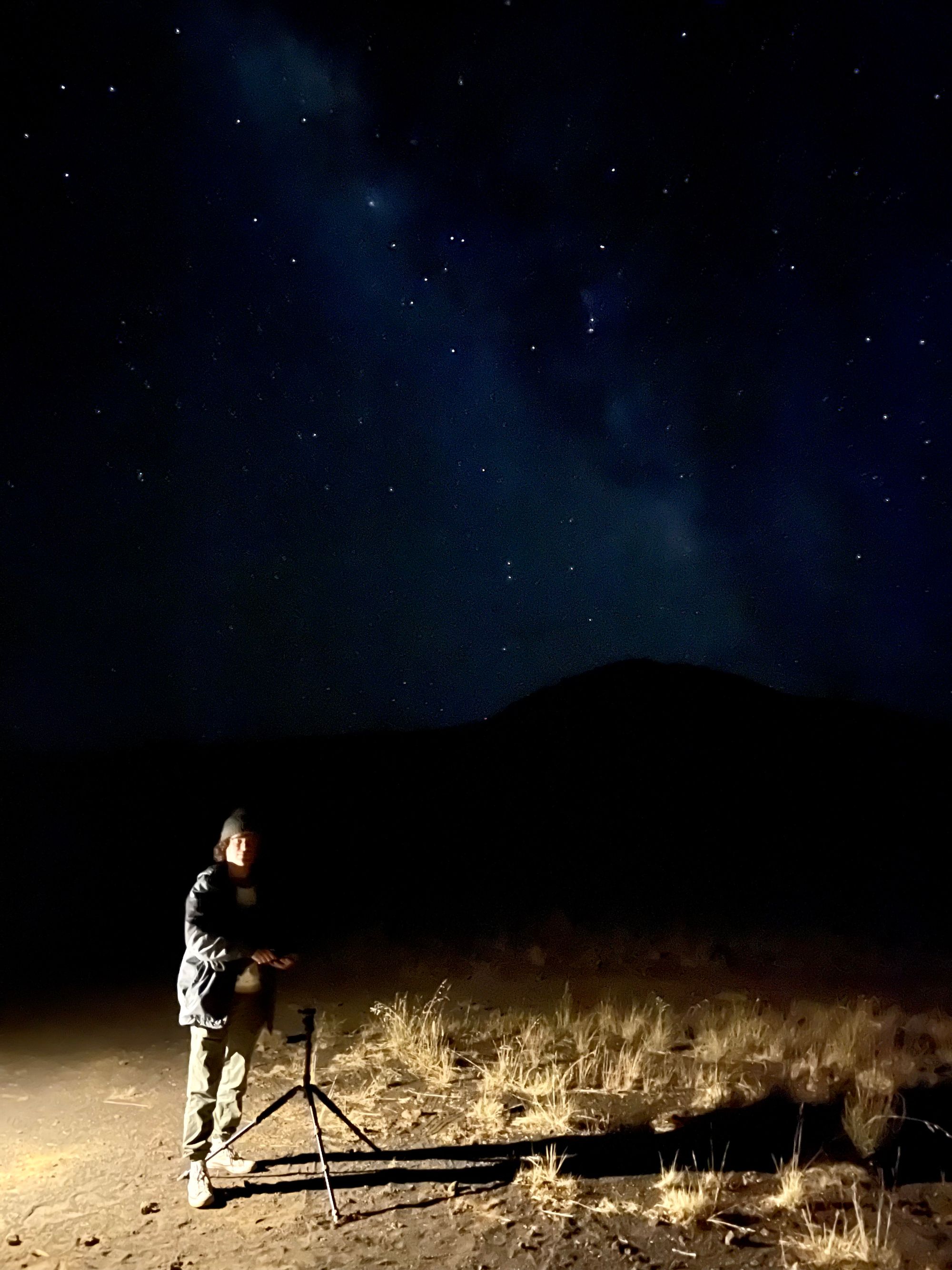
As countries make decarbonization efforts and attempt to curb their production of greenhouse gases, it's clear that Mauna Loa Observatory needs to remain an unimpeachable pillar of truth in the fight against the climate crisis. Though, I wish that the now conveniently apolitical science could find an opportunity for truth and reconciliation with the painful and destructive history ontop of which the observatories on Mauna Loa and Mauna Kea sit. I don't have an answer for how truth and reconciliation should begin. But I suppose, one could do as I have, and take the time to listen to the Native Hawai'ians, who have shared plenty about their own experiences, as long as you're listening. ■
